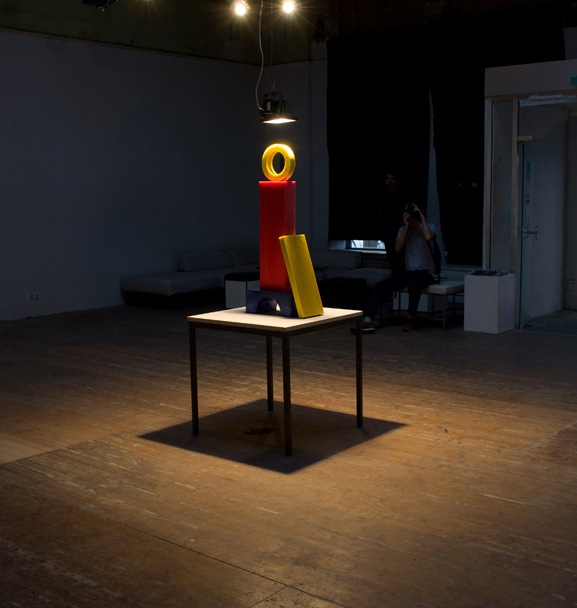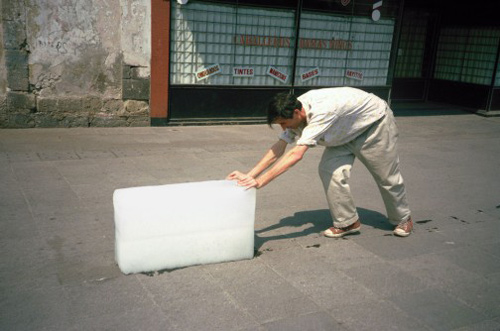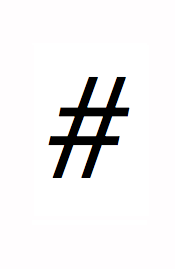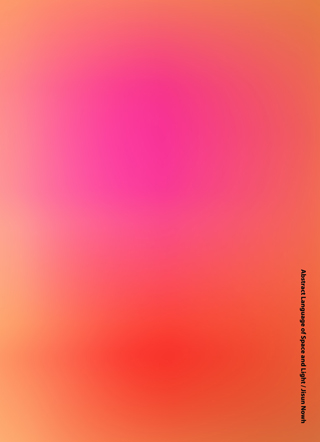Based on the idea of sustainability and especially the so called Slow Design I want to have a look at one of the works from Eindhoven based design office EDHV, which were displayed in the Museum Boijman van Beuningen in Rotterdam.
The work i want to talk about in this Essay is called „Time Writerz“, first exhibited at the Dutch Design Week 2010. It consists out of different plates of wood which have been hidden in the ground and sealed from air and erosion for more then six hundred years. By putting it back to the air the wood comes to life again. To show the ”growing” process there are pencils attached which are holding the wood and are „writing“, documenting all the movement the wood is making.
EDHV is a creative office that was founded and based in Eindhoven in 2005 by Daan Melis who is a publisher and Remco van de Craats who take care of the design part. They are working in the field of product design, webdesign, motion design and architecture. As the title of the website already shows you „At EDHV, we don’t specialize in anything!“ and ” We can best be described as architects of identity. We work interdisciplinary so all aspects of identity can be fully integrated.“
One of many important things for EDHV is the sustainability of their work. Therefore the most important thing is to start every project with a proper research because this is important to create a sustainable concept or idea. To quote Remco van der Craats: ”A shape without a foundation has no meaning“. Another key to a good result for him is trust and intensive collaboration between his office and the client.

I choose the artwork „Time Writerz“ because it fascinated me for different reasons. For me this work from Edhv is a lot about making change through time visible and here I see the strong connection to a collaboration work I did myself for an exhibition in Munich in an temporary space in the summer of 2011.
We decided to use very basic geometrical shapes and also keep the choice of colors really simple. It also should remind you of the wooden blocks you were playing with as a kid and also was a direct reference to a old mural that was painted on the ceiling of the exhibition space. The mural shows silhouettes of houses painted out of the basic geometrical forms and colors. These basic forms were made out of colored wax. Over the sculpture we placed a lamp. The wax was slowly melting down during the time of the exhibition by the heat of the lamp hanging over it. Our goal was to work with the space and also showing the fact that the space, which we were using was temporary, by letting the artwork vanish during the show.
Another Artist that works with the same idea of making change visible is Belgian born artist Francis Alÿs. Educated as an architecture in Tournai and Venice, he move to Mexico City in 1986 and soon started to work as visual artist.
He mostly works with video and performance art. His performance „Paradox of Praxis 1 (Sometimes Making Something Leads to Nothing)“ done in 1996 in Mexico City is maybe the best example of how Alys worked with the topic of showing the change through time, by pushing a big squared formed ice block through the streets of Mexico City.








